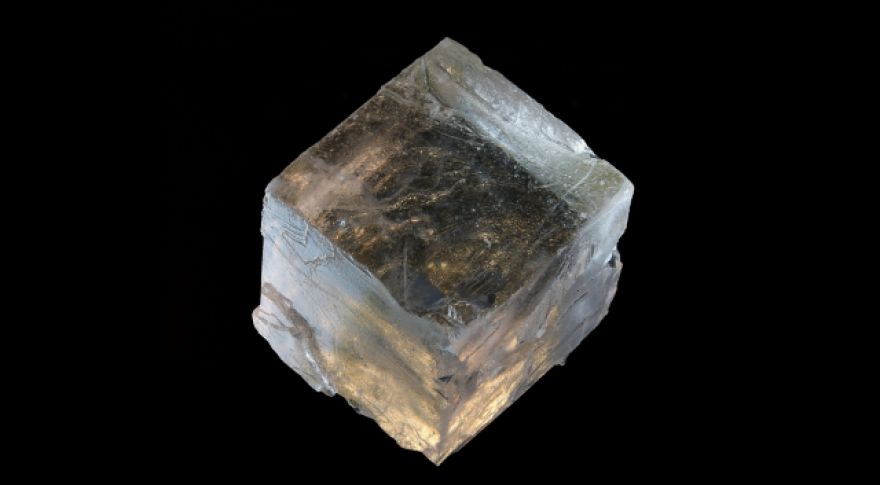
Spore in The Core: 830-Million-Year-Old Microbes Trapped in Halite Might Be Alive
You’ve heard of Elf on the Shelf — now get ready for the spore in the core. Or maybe the coccus in the rock-us. Researchers looking at ancient Australian halite cores have reported 830-million-year-old microbes inside the rock salt crystals — and they think some of the microbes might even be alive.
The Browne Formation of central Australia is a gigantic sedimentary basin beneath what used to be a shallow, salty inland sea. Nearly a billion years ago, it began to dry up. As it did, the salt and gypsum and other minerals in the water crystallized into huge mineral deposits called evaporites.
Eventually the water dried up completely. But not before leaving a few surprises, buried in a meter of halite (also known as rock salt or road salt).
One such surprise is the huge number of tiny liquid inclusions within the rock salt. There’s a fair amount of other minerals trapped within the liquid inclusions as “accidental ‘daughter’ crystals.” The report details a needle-like gypsum crystal trapped inside a liquid inclusion: a crystal within a liquid within a crystal. That makes sense if many minerals are co-precipitating out of solution at the same time.
However, there’s more to this story. The paper notes that some inclusions have “features consistent with the halophilic algal genus Dunaliella, including a yellow color, a dimpled surface texture, and a dark rim.” Others have spherical objects that look just like fungal spores, or perhaps spherical bacteria called “cocci.” (You’ve probably heard of Staphylococcus, Streptococcus, and others.) Some of the inclusions trapped inside the halite fluoresced in colors consistent with the decay of organic matter. Others lit up in the same colors that modern, viable microbes do.
Viable Microbes in Rock Salt? Extraordinary Claims Require Extraordinary Evidence
The researchers did their work using only non-invasive, optical techniques like UV spectroscopy. They never broke the surface of the halite. Consequently, anything inside the inclusions must have been there all along.
But how could these microbes possibly be alive? Lead author Sara Schreder-Gomes and colleagues have some ideas about that. The team points out in their report that certain halophilic microbes will shrink and shut down when their host waterways get too salty. These halophiles persist in their dormant state, only coming back to viability upon later floods. Furthermore, they note, the oldest known halite from which scientists have cultured viable organisms is from the Permian era, around 250 million years old. “Therefore,” the authors conclude, “it is plausible that microorganisms from the Neoproterozoic Browne Formation are extant.”
Maybe it’s just me, but I feel like that “plausible” is doing a lot of lifting here. Extraordinary claims require extraordinary evidence, and here, more evidence probably means laser spectroscopy. But then, what’s a few hundred million years between friends? Besides, tardigrades can . Microbes and viruses can stay viable in permafrost for millions of years. There’s an enterprising, soot-colored fungus growing like gangbusters on the Elephant’s Foot. Clearly, life finds a way.
In any case, the research may well have implications in humans’ quixotic search for life on Mars. The paper suggests the Browne Formation as a possible analog for certain Martian rocks, because both contain a “similar suite of minerals.” Moreover, the researchers add, ancient saline lakes on Mars’ surface left behind their own evaporite deposits. The way the Australian halite crystals appear to be riddled with bacteria suggests that there could be traces of ancient Martian marine life, deep within sedimentary rock. Perhaps even in the bottom of crater lakes, like Jezero. Time — and the Mars Sample Return mission — will tell.
The research, appears in the May issue of Geology.
Feature Image by Hans-Joachim Engelhardt,